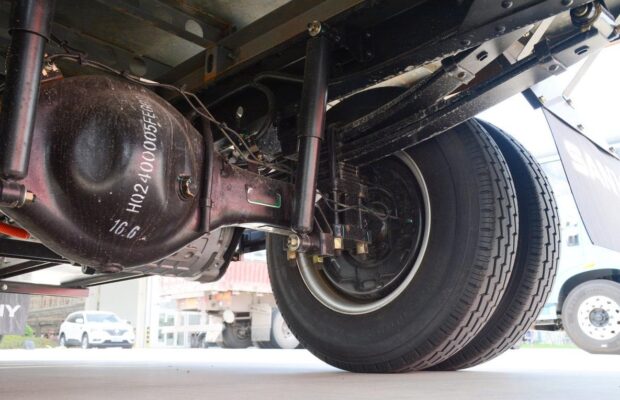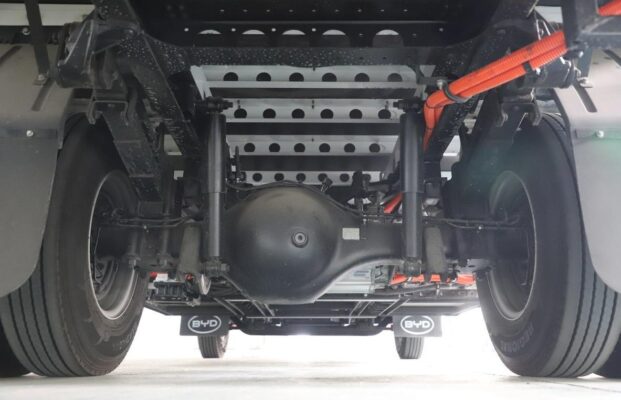Te ite i te pae no te uira
If You Do These Well, Extending the Lifespan of Tires Is Not a Problem
Tuuhia i ni'a i te na roto i te Te mau pereoo uira
When it comes to driving, the tires are one of the most crucial components that ensure a smooth and safe journey. The impact of road conditions on tire wear is indeed the most direct and obvious. Through regular observations, we can often notice the changes in tires during use. To extend the service life of tires, let’s delve deeper into several key points that demand our attention.

Accurate Tire Pressure
Maintaining the correct tire pressure is of paramount importance. When the tire pressure is too high, the contact area between the tire and the ground shrinks. This not only shortens the braking distance but also poses a significant safety hazard during driving. Ei hi'oraa, imagine driving on a slippery road surface; a reduced contact area makes it more challenging to maintain control and stop the vehicle promptly.
Conversely, when the tire pressure is too low, it leads to the deformation of the tire sidewall and an increase in fuel consumption. This excessive deformation subjects the tire to greater stress and wear, significantly reducing its lifespan. To illustrate, a tire with insufficient pressure might bulge at the sides, which over time can cause cracks and weaken the structure of the tire.
It is essential to keep the tire pressure within the standard range recommended by the vehicle manufacturer. This not only enhances fuel efficiency but also plays a crucial role in prolonging the life of the tires. Hau atu â, it is advisable to measure the tire pressure after the tire has completely cooled down, typically after 4 hours of driving and standing still. At this point, the measured data is the most accurate and reliable, allowing for precise adjustments.

Tire rotation
Each axle of a vehicle serves a distinct purpose, and as a result, the degree of tire wear varies. To guarantee driving safety and prevent significant disparities in tire wear, regular tire rotation is indispensable. This practice ensures that the wear on all tires remains relatively uniform, thereby maximizing their lifespan.
Ei hi'oraa, the front tires of a vehicle often endure more stress due to steering and braking actions. Without rotation, they may wear out much faster than the rear tires. By rotating the tires in a timely manner, according to the standards provided by the manufacturer or with the assistance of a professional, we can achieve balanced wear and extend the overall usability of the tires.
Let’s consider a scenario where one set of tires is severely worn while the others are still in relatively good condition. This imbalance not only affects the vehicle’s handling and stability but also increases the risk of tire blowouts and other potential accidents.

Check before departure
Before embarking on any journey, conducting a comprehensive inspection of the tires is a wise and necessary precaution. This includes checking for abnormal tire pressure, signs of severe wear, and the presence of foreign objects. Such meticulous checks can help identify and eliminate potential safety hazards promptly.
Ei hi'oraa, a tire with severely worn treads may compromise traction on wet or slippery roads, increasing the risk of skidding. Similarly, the presence of sharp objects lodged in the tire can lead to sudden deflation while driving, causing a dangerous situation.

Park on a flat ground
When the vehicle comes to a halt, it is crucial to park it on a flat surface. Despite the power system being inactive, the weight of the vehicle still exerts pressure on the tires. Parking on uneven terrain with sharp stones or coarse particles can cause localized damage to the tires.
To illustrate, parking on a road with protruding stones might puncture the tire or cause cuts on the sidewall. Over time, such damage can accumulate and lead to tire failure.
Ei faaotiraa, taking good care of your tires and adhering to these best practices not only extends their lifespan but also provides a solid foundation for a safe driving experience. By maintaining the correct tire pressure, rotating the tires regularly, conducting pre-departure checks, and parking on a flat ground, you are making significant investments in both the longevity of your tires and your own safety on the road.
Remember, a well-maintained tire is not just a matter of convenience; it is a matter of life and death. So, make it a habit to give your tires the attention they deserve, and enjoy countless worry-free miles on the road.
It’s also worth noting that regular professional tire inspections are highly recommended. Trained technicians can identify potential issues that might not be obvious during routine checks. They can assess the overall condition of the tires, including the internal structure, and provide expert advice on when it’s time for replacement or additional maintenance.
Furthermore, being cautious when driving over speed bumps, potholes, and rough terrains can minimize the shock and damage to the tires. Slow down and approach such obstacles with care to prevent sudden impacts that could cause irreparable harm.
In addition, keeping your tires clean and free from dirt, grease, and chemicals is another aspect of maintenance. These substances can accelerate the deterioration of the rubber and compromise the tire’s performance and lifespan.
By being vigilant and proactive in caring for your tires, you are ensuring a reliable and safe driving journey for yourself and your passengers. So, let’s all do our part to keep those tires in top shape and hit the road with confidence.